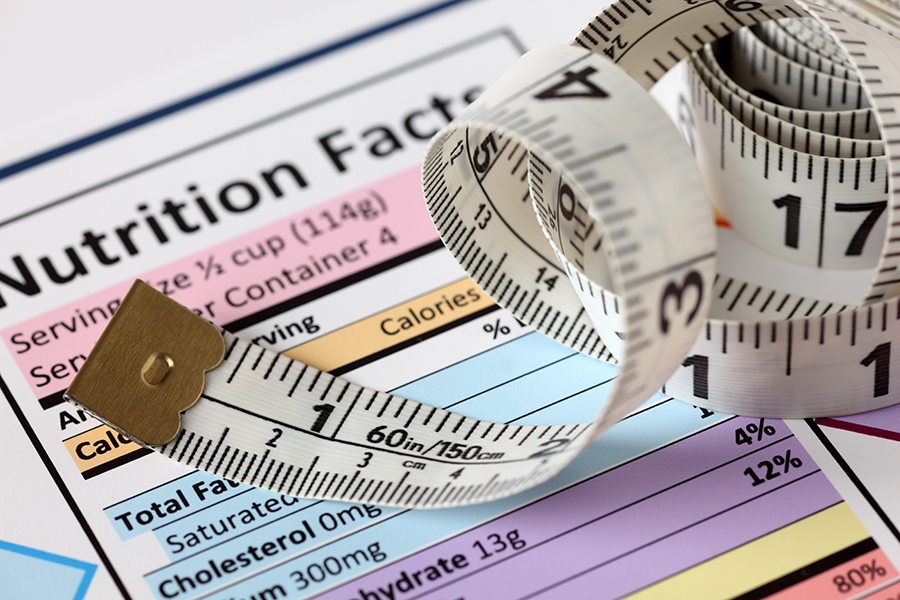The Skinny on Food Labeling
You can read food labels until the cows come home, but do you really know what they mean? This brief guide provides the inside scoop.
Natural: While natural food does not contain artificial ingredients, it may contain antibiotics, growth hormones, and other chemicals.
Fat free: Sometimes these foods contain as many calories as full-fat foods. In fact, a fat-free food product could have only one gram less fat than a full-fat food product.
Free range: Animals cannot be contained and must be allowed to roam freely over a large area of open land. However, they only need five minutes of outdoor access to qualify as free range.
Certified organic: In reality, up to five percent of ingredients can be non-organic.
Cage free: This term, usually found on egg cartons, means chickens are not kept in cages. However, they are usually squeezed into a large building—hardly a humane or healthy environment.
GMOs: In July, the House passed a bill keeping states from issuing mandatory labeling laws for foods that contain genetically modified organisms, or GMOs. GMOs are artificially manipulated in laboratories through genetic engineering.
No sugar added: It’s important to remember that some foods, such as fruit and cereal, naturally contain sugar.
Zero trans fat: Foods with this label can actually contain 0.5 grams of fat per serving.
Cholesterol free: To be labeled cholesterol-free, food products must contain less than two milligrams per serving. Low-cholesterol products contain 20 milligrams or less per serving.
Sources: gcbl.org/live/food/healthy-diet/what-do-food-labels-really-meanhealth.com/health/gallery/0,,20599288_14,00.html

